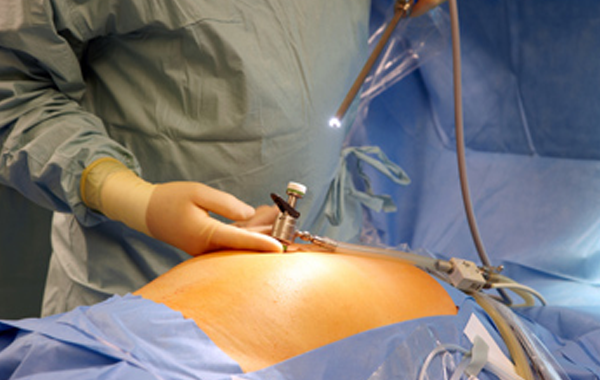Colorectal Surgery: Laparoscopic & Open

Colorectal surgery involves surgical procedures aimed at treating conditions affecting the colon, rectum, and anus. It can be performed using two main approaches: laparoscopic (minimally invasive) and open surgery. Here’s a detailed overview of each aspect:
Types of Colorectal Surgery
Laparoscopic Surgery:
- This is a minimally invasive technique that uses small incisions and special instruments, including a camera (laparoscope), to perform the surgery.
- Benefits include less pain, reduced recovery time, and minimal scarring.
Open Surgery:
- Involves a larger incision to access the abdominal cavity directly.
- It may be necessary for more complex cases or when laparoscopic methods are not suitable.
Common Symptoms Indicating Colorectal Issues
- Abdominal Pain: Persistent or severe pain in the abdominal area.
- Changes in Bowel Habits: Diarrhea, constipation, or changes in stool consistency.
- Rectal Bleeding: Blood in the stool or bleeding from the rectum.
- Unexplained Weight Loss: Significant weight loss without an obvious cause.
- Fatigue: Feeling unusually tired or weak.
- Nausea or Vomiting: Particularly if persistent.
Common Causes of Colorectal Conditions
- Inflammatory Bowel Disease (IBD): Includes Crohn’s disease and ulcerative colitis.
- Diverticulitis: Inflammation of small pouches in the colon.
- Colorectal Cancer: Malignancies affecting the colon or rectum.
- Benign Tumors: Polyps or other non-cancerous growths.
- Infections: Bacterial or viral infections affecting the gastrointestinal tract.




